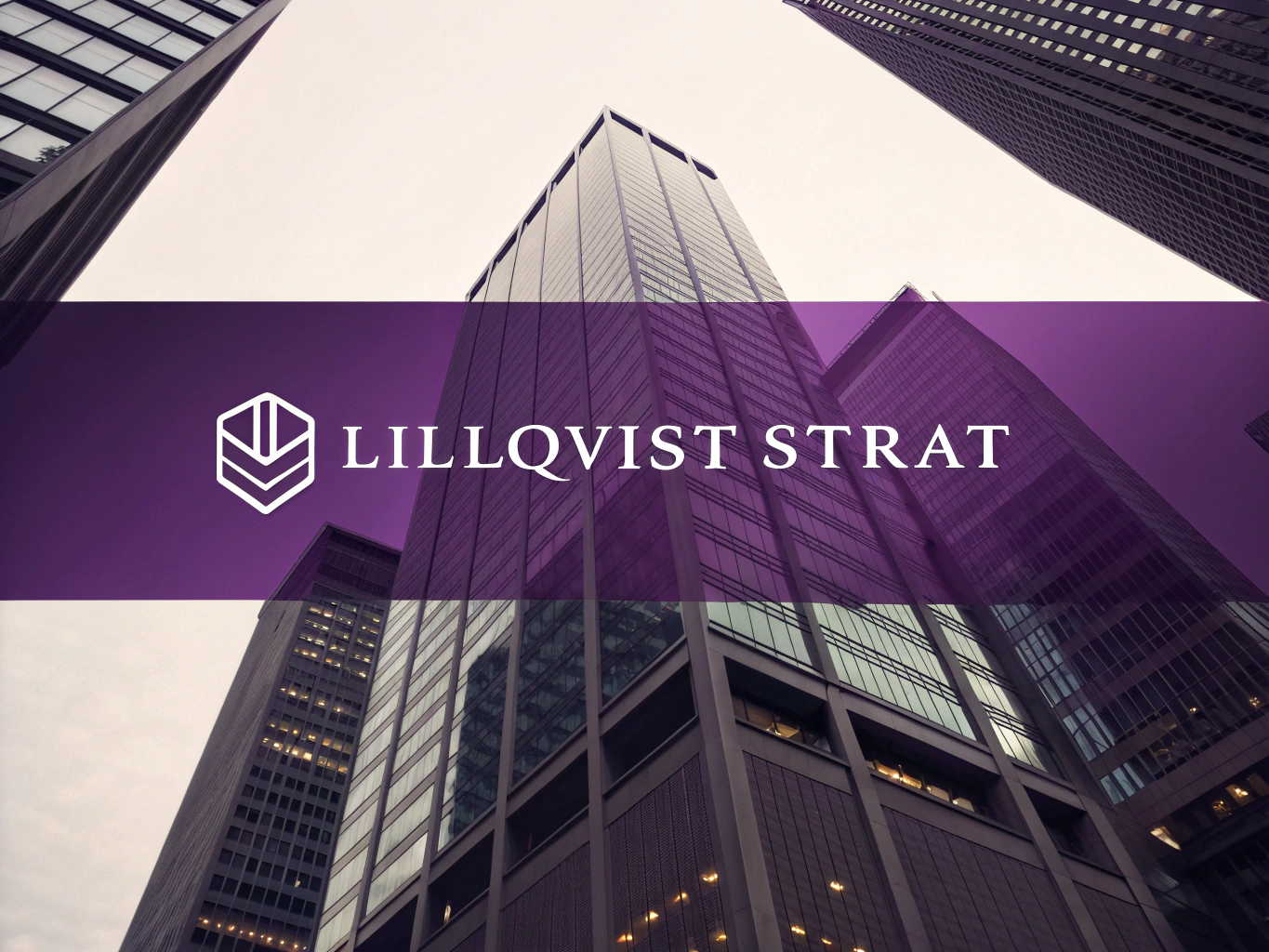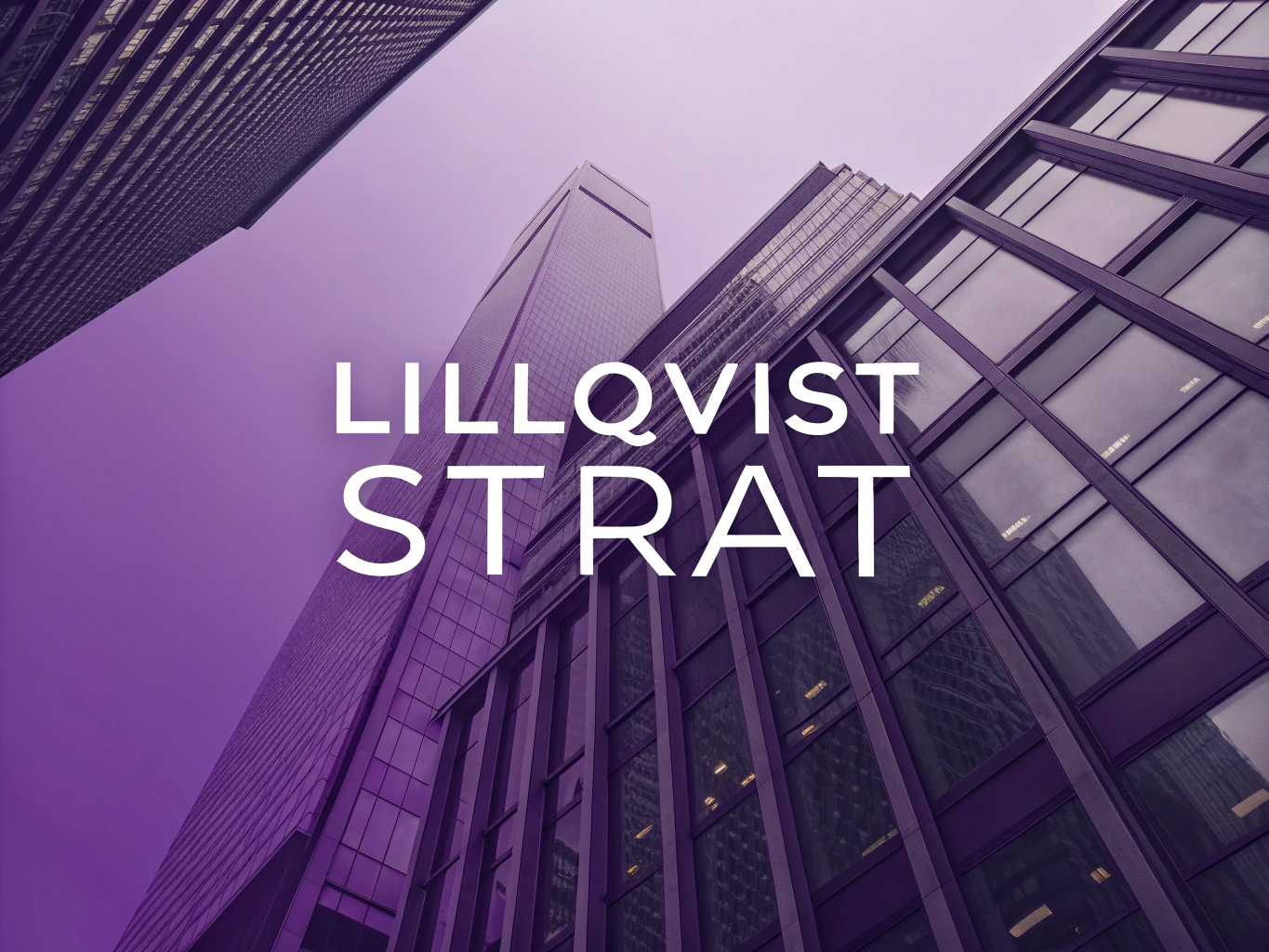Revolutionizing the Customer Experience
In today’s fast-paced digital world, providing a personalized and seamless customer experience is more important than ever. Customers have become more discerning, expecting brands to understand their needs and provide tailored experiences at every stage of their journey. To meet these expectations, businesses are increasingly turning to AI-driven customer journey mapping to create dynamic, real-time maps that enhance engagement, improve satisfaction, and drive sales.
At Lillqvist Strat, we specialize in implementing AI-powered solutions that optimize customer experiences. In this article, we’ll explore how AI can revolutionize customer journey mapping, automate personalized touchpoints, and ultimately boost sales by guiding customers through a more effective, tailored journey.
Using AI to Create Real-Time, Dynamic Customer Journey Maps
A customer journey map is a visual representation of a customer’s interactions with a brand across various touchpoints, from the first awareness to post-purchase engagement. Traditionally, these maps were static and based on broad customer personas. However, AI allows businesses to create dynamic, real-time customer journey maps that evolve based on individual customer behavior and real-time data.
By leveraging AI algorithms, businesses can track customer interactions across multiple channels (e.g., website, social media, email) and use this data to create a personalized and adaptive journey map. This means that the path each customer takes will vary based on their interests, past behavior, and interactions with the brand, offering a customized experience at every step.
For example, if a customer abandons their shopping cart on your e-commerce site, AI can instantly update the customer’s journey and trigger a personalized follow-up email with an incentive to complete the purchase.
Example Code: Tracking Customer Behavior and Dynamic Journey Mapping
Here’s an example of how you might use Python and machine learning to track customer behavior and dynamically update their journey map:
import pandas as pd
from sklearn.cluster import KMeans
import matplotlib.pyplot as plt
# Sample data: Customer behavior (e.g., clicks, pages visited, time spent)
data = {
'customer_id': [1, 2, 3, 4, 5],
'page_visits': [3, 5, 7, 2, 4],
'time_spent': [12, 25, 30, 8, 20], # in minutes
'purchased': [0, 1, 0, 1, 0] # 1 if purchased, 0 if not
}
df = pd.DataFrame(data)
# Use KMeans clustering to segment customers based on their behavior
kmeans = KMeans(n_clusters=2) # Assuming 2 types of customers (interested and not interested)
df['cluster'] = kmeans.fit_predict(df[['page_visits', 'time_spent']])
# Visualize customer clusters
plt.scatter(df['page_visits'], df['time_spent'], c=df['cluster'])
plt.xlabel('Page Visits')
plt.ylabel('Time Spent (minutes)')
plt.title('Customer Segmentation for Dynamic Journey Mapping')
plt.show()
# Output: Customer journey segmentation based on behavior
print(df)In this code, we use KMeans clustering to segment customers based on their behavior (page visits and time spent). The results can be used to tailor customer journeys, with different strategies for each segment. For example, a customer who spends a lot of time on the site but hasn’t purchased yet may receive a targeted incentive, while a customer who quickly makes a purchase may receive a thank-you message or additional product recommendations.
Automating Personalized Touchpoints to Enhance the Customer Experience
Once you’ve established dynamic journey maps, AI can automate personalized touchpoints at every stage of the customer journey. These touchpoints can include personalized emails, targeted ads, product recommendations, and customer support interactions. By automating these interactions, you can consistently engage with customers while providing a tailored experience.
AI can analyze customer behavior in real-time to determine the most effective time and medium for each touchpoint. For instance, AI can send reminder emails when a customer abandons their cart or provide product recommendations based on past purchases. Automated personalized touchpoints help businesses stay relevant and engaged with customers without requiring manual intervention.
Example Code: Automating Personalized Emails
Here’s an example of how you could use Python to automate personalized email sends based on customer behavior:
import smtplib
from email.mime.text import MIMEText
# Sample customer data
customers = {
1: {'name': 'John', 'email': 'john@example.com', 'purchased': False, 'cart_value': 50},
2: {'name': 'Jane', 'email': 'jane@example.com', 'purchased': True, 'cart_value': 0},
}
# Function to send a personalized email
def send_email(customer_id, message):
customer = customers[customer_id]
email = customer['email']
msg = MIMEText(message)
msg['Subject'] = f"Special Offer for {customer['name']}"
msg['From'] = 'sales@yourstore.com'
msg['To'] = email
# Connect to SMTP server
with smtplib.SMTP('smtp.example.com') as server:
server.login('yourusername', 'yourpassword')
server.sendmail('sales@yourstore.com', email, msg.as_string())
print(f"Email sent to {email}")
# Send email to customers who abandoned their cart
for customer_id, data in customers.items():
if not data['purchased'] and data['cart_value'] > 0:
message = f"Hi {data['name']}, you left items worth ${data['cart_value']} in your cart. Complete your purchase today for a 10% discount!"
send_email(customer_id, message)In this code, we check if a customer has abandoned their cart and send them a personalized email with a discount offer. This is an example of how businesses can automate personalized touchpoints, ensuring customers are continuously engaged with relevant content.
Increasing Sales by Guiding Customers Through a More Effective, Tailored Journey
The ultimate goal of AI-driven customer journey mapping is to guide customers through a more effective and tailored journey, leading to increased conversion rates and higher sales. By continuously analyzing data, AI can adjust the journey in real-time, offering customers the most relevant content, recommendations, and incentives at the most appropriate moments.
For instance, if a customer is showing signs of abandoning the purchase, AI can trigger personalized incentives, such as discounts, reminders, or limited-time offers. Additionally, AI can guide customers through post-purchase engagement, recommending products or services based on past purchases, thereby driving repeat business.
By optimizing the customer journey and automating personalized interactions, businesses can increase customer loyalty and lifetime value. Customers are more likely to return to a brand that understands their needs and consistently delivers relevant, personalized experiences.
Unlocking the Full Potential of AI for Customer Journey Mapping
AI-powered customer journey mapping is transforming the way businesses engage with customers. By creating real-time, dynamic maps and automating personalized touchpoints, businesses can boost sales, improve customer satisfaction, and create a more efficient, scalable customer engagement strategy.
At Lillqvist Strat, we help businesses implement cutting-edge AI solutions to enhance their customer journey mapping efforts. While it may seem time-consuming to develop these solutions in-house, our expertise ensures that businesses can rapidly leverage AI technology to create tailored, high-impact customer experiences. Contact us today to learn how we can help you revolutionize your customer journey mapping and achieve better business outcomes.

Lillqvist Strat consults on business developement, software projects, automation, SOPs, analytical tools and more.
Contact me today to get started on our journey to higher profits, more revenue and happier employees!
Go to Contact now



